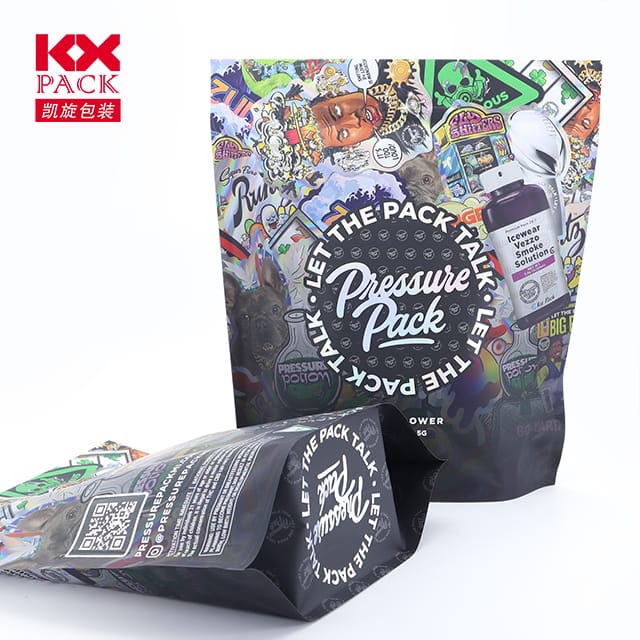تکامل و آینده فیلم بسته بندی پلاستیکی: متعادل کردن نوآوری و پایداری
فیلم بسته بندی پلاستیکی
Plastic packaging film is ubiquitous in modern life, بسته بندی همه چیز از محصولات تازه گرفته تا الکترونیک, محافظت از کالا در هنگام ترانزیت, و ماندگاری عمر. تا کنون, راحتی آن به دلیل نگرانی های زیست محیطی مورد بررسی قرار گرفته است. به عنوان صنایع و مصرف کنندگان به طور فزاینده ای پایداری را در اولویت قرار می دهند, آینده فیلم بسته بندی پلاستیکی به نوآوری وابسته است, طرح مسئول, and a shift toward circular economies. Let’s explore the current landscape, challenges, and emerging solutions in the world of plastic packaging film.
1. The Role of Plastic Packaging Film in Modern Industry
Plastic packaging film serves critical functions across industries:
- حفظ: Barrier properties (به عنوان مثال, اکسیژن, مرطوب, or UV resistance) keep food fresh, کاهش زباله, and ensure product safety.
- مقرون به صرفه: Lightweight and flexible, plastic films lower shipping costs and material usage compared to alternatives like glass or metal.
- تطبیق پذیری: From shrink wraps and cling films to laminated pouches and stretch films, the variety caters to diverse applications.
با این حال, traditional plastic films, often made from non-renewable fossil fuels like polyethylene (پلی اتیلن) یا پلی پروپیلن (PP), contribute to pollution when discarded improperly. Single-use plastics, in particular, have become a symbol of environmental neglect, prompting urgent calls for change.
2. Environmental Challenges: The Wake-Up Call
The drawbacks of conventional plastic packaging film are well-documented:
- Pollution: Mismanaged plastic waste ends up in oceans, rivers, and landfills, where it persists for centuries.
- Microplastics: Fragmentation of plastic films leads to microplastic pollution, posing risks to ecosystems and human health.
- Resource Intensity: Production relies heavily on finite fossil fuels, exacerbating carbon emissions and climate change.
These issues have spurred regulatory actions, such as bans on single-use plastics in many countries, and a growing consumer demand for eco-friendly alternatives.
3. Innovations Driving Sustainable Solutions
The packaging industry is responding with transformative technologies and materials:
- Biodegradable and Compostable Films: Made from renewable resources like corn starch (پلا), algae, or cassava, these films break down naturally in industrial composting facilities. با این حال, challenges remain, such as ensuring proper disposal infrastructure and avoiding contamination with non-compostable waste.
- محتوای بازیافت شده: Using post-consumer recycled (PCR) plastics reduces reliance on virgin materials. Advances in recycling technologies, like chemical recycling, are improving the quality and recyclability of mixed plastics.
- Bio-Based Polymers: Films derived from agricultural waste or biomass (به عنوان مثال, پلی اتیلن مبتنی بر نیشکر) offer a lower carbon footprint while maintaining performance.
- Edible and Water-Soluble Films: Innovations like seaweed-based edible wrappers or PVA (polyvinyl alcohol) films that dissolve in water eliminate waste entirely for certain applications.
4. بسته بندی هوشمند: Adding Value Beyond Protection
Modern plastic films are also becoming “smarter” to enhance functionality and reduce waste:
- Active Packaging: Films embedded with antioxidants, antimicrobial agents, or oxygen scavengers extend product freshness, reducing food spoilage.
- Intelligent Labels: کدهای QR, RFID tags, or temperature-sensitive inks provide traceability, anti-counterfeiting measures, or real-time shelf-life monitoring.
- سبک وزن: Thinner, high-performance films reduce material use without compromising strength, lowering both costs and environmental impact.
5. جاده پیش رو: Collaboration and Circularity
For plastic packaging film to truly evolve, stakeholders must collaborate:
- Industry Partnerships: Brands, manufacturers, and recyclers must work together to design films that are easier to recycle or compost.
- پشتیبانی سیاسی: Governments can incentivize R&D in sustainable materials and mandate recycled content in packaging.
- آموزش مصرف کننده: Encouraging proper disposal and recycling habits is critical to closing the loop.
- Circular Economy Models: Adopting “design for recycling” principles and expanding reuse systems (به عنوان مثال, refillable packaging) can minimize waste.
نتیجه
Plastic packaging film isn’t going away anytime soon—its benefits are too significant to ignore. با این حال, the industry must evolve to prioritize sustainability without sacrificing functionality. By embracing biodegradable materials, recycling innovations, and smart design, we can create packaging that protects both products and the planet.
The future of plastic packaging film lies in balance: innovation that meets consumer needs while respecting ecological limits. به عنوان مصرف کننده, businesses, and policymakers, we all have a role to play in shaping this future.
What’s your take on plastic packaging? Share your thoughts or sustainable packaging hacks in the comments! 🌍📦







